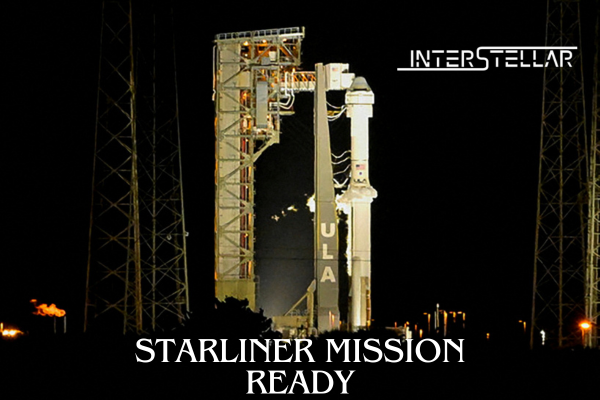Boeing and NASA have addressed two technical issues with the Starliner spacecraft, including a “design vulnerability” that required a temporary workaround, to ensure the capsule is ready for its first mission carrying astronauts, officials announced on Friday.
Addressing Technical Setbacks
Starliner’s debut crewed mission, a critical test now scheduled for June 1, was delayed earlier this month due to a minor helium leak in its propulsion system detected just hours before its planned launch from Florida. After two weeks of thorough investigation, officials confirmed the leak poses no significant risk to the astronauts.
“This is really not a safety of flight issue for ourselves, and we believe that we have a well-understood condition that we can manage,” stated Mark Nappi, Boeing’s Starliner program manager, during a news conference.
Mission Objectives and Significance
The upcoming mission with NASA astronauts Suni Williams and Butch Wilmore on board is a final test flight before NASA can certify Starliner for regular astronaut missions to the International Space Station (ISS). Success would make Starliner the second U.S. crew capsule, alongside SpaceX’s Crew Dragon, which began human spaceflights in 2020.
Design Vulnerability and Temporary Fix
During the investigation of the helium leak, engineers discovered an additional issue in Starliner’s propulsion system, described as a “design vulnerability” by NASA’s commercial crew chief, Steve Stich. The concern is that a rare series of failures could disable the capsule’s backup thrusters, preventing a safe return to Earth. A software fix has been implemented as a temporary measure for the mission, while discussions on a possible redesign for future flights continue.
“It’s backed by test data, it’s backed by flight data, and the guidance and navigation modeling have reinforced that this technique will work,” Nappi explained, adding that the astronauts have tested the system post-fix.
Preparations and Timeline
This broader issue and its interim resolution led NASA to schedule an additional Flight Readiness Review, a comprehensive meeting involving agency officials, Boeing engineers, and independent analysts to confirm Starliner’s safety. This meeting is set for Wednesday, three days before the scheduled launch on June 1 at 12:25 PM ET. Alternative launch opportunities are available on June 2, 5, and 6.
Delays beyond June 6 could necessitate replacing perishable items on Starliner and its Atlas 5 rocket, potentially causing weeks or months of further delays. This would also conflict with other scheduled launches from United Launch Alliance (ULA), including Amazon’s Kuiper satellites and the second flight of ULA’s new Vulcan rocket.
Historical Context and Future Prospects
Boeing, a long-standing NASA contractor that has built modules for the ISS, has never before flown humans into space. The Starliner program has faced numerous challenges, including a failed mission to reach the ISS in 2019 and $1.5 billion in unexpected development costs. A successful mission in June is crucial for Boeing as it continues to address issues in its aviation business.
The spacecraft completed a successful uncrewed test flight to the ISS in 2022, demonstrating significant improvements over the initial attempt.





